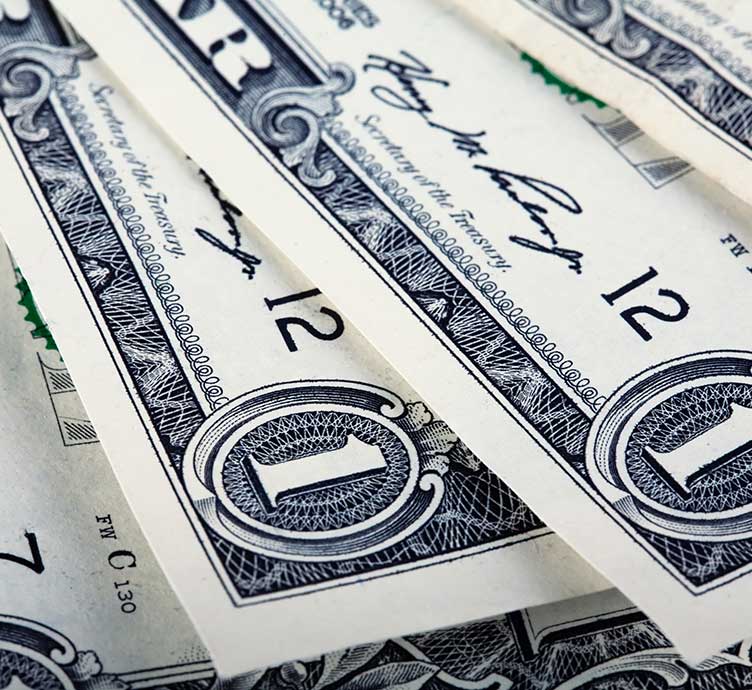As a result, companies have started tapping into their credit facilities to shore up liquidity in the event market weakness is sustained. We believe downgrades and defaults are likely to increase over the coming quarters particularly for the lower rated segment of the corporate market. Companies that came into this unexpected downturn weakly positioned will only see their issues exacerbated by a liquidity crunch and weaker market sentiment. Trump recently announced measures like increased virus testing, providing direct payments to Americans, waive on federal student loans, oil purchases, and partnering with private sector firms to address this pandemic. The Fed has also recently announced measure to support the short-term lending markets. We generally focus on the most established most liquid companies with stronger balance sheets and liquidity. Below we provide our assessment of the potential impact on corporate sectors and will continue to provide commentary as the situation evolves.
Energy:
The surprise move by Russia and Saudi Arabia to increase production at the March Opec meeting sent waves through the energy market. With the supply side under pressure and COVID-19 pressuring the demand side given China/Global/Aviation slowdown, oil prices have declined over 30%. Energy makes up about 8% of the investment-grade index though it is a larger portion of the high yield index. For US energy company’s oil prices in the $30/bbl range is uneconomical given break-evens that are higher. S&P revised its oil price deck downward to $35/bbl in 2020. If energy prices persist at these levels, we would expect to see an increase in negative ratings activity. We generally own the large integrated names that we believe to have better liquidity to withstand a downturn. In addition, many of the larger names have levers that they can pull which includes reduced capital expenditure as well as dividends. In the midstream space, this sub-sector has the largest amount of debt outstanding within the energy sector. While the sector benefits from stable fee-based cashflows, it is exposed to counterparty risk and volume exposure in a weaker oil price environment. Our midstream names have strong asset bases, cushions within their ratings bands and the option to cut distributions to preserve cash flow if needed.
Financials:
With the prospect of a recession in the US increasing, US financial institutions will start to see pressure in their loan books, though this is coming from a benign credit environment. While exposure to the energy sector is manageable for US financial institutions, the weakness in the services side of the economy should result in increasing reserves in the coming quarters. In addition, banks will report expected losses on their loan books earlier than before due to accounting changes with the adoption of CECL (Current Expected Credit Losses) earlier this year. While this will impact profitability, it should not impact cashflow. The low rate environment will also put pressure on bank profitability. That said, although many corporations are tapping their bank lines for funding, post-financial liquidity reform should provide a greater buffer for financial institutions given excess liquidity relative to their regulatory requirements and strong capital.
Telecom, Media & Technology:
The signing of the Phase I US-China trade deal in January was expected to provide some support to the technology sector as China is a major manufacturing hub for many technology companies due to its low cost and skilled workforce. But COVID-19 resulted in a new disruption to the supply chain largely for the semiconductor and hardware companies. As a result, some of the mega-cap tech names provided profit warnings. Recently, companies have started reporting a return of operations in China. With this recent credit crunch, companies with the strongest balance sheets have been rewarded and technology companies have amongst the strongest balance sheets in the investment-grade universe with the lowest leverage and the strongest cash balances. A recessionary environment could create demand-side pressure. The Media and distribution sector is being hit by a series of cancellations across sporting and entertainment events. This will put pressure on companies whose revenues are largely tied to advertising. Domestic telecom, cable, and tower companies look largely immune from the impact of COVID-19. These companies could potentially see some uplift in revenues with many people working remotely.
Consumer Discretionary:
Consumer discretionary spending will likely come under pressure with limited social gatherings and traveling. The consumer staples sector which has some idiosyncratic risks related to increasing leverage late in the cycle, looks better positioned in this environment as people stock up on necessary household items. The auto sector was already under pressure in markets like China before the spread of COVID-19. A broader recession in the US and increasing unemployment should impact auto sales. In addition, dealership foot traffic should be negatively impacted. Within the auto space, many of the captive finance companies rely on the capital markets for funding. With the corporate market effectively shut, captive names could tap into the asset-backed securities market for funding. Auto names have strong liquidity positions with large cash balances and revolvers to help withstand recessionary environments like this.
Aviation:
The aviation sector has been under a lot of pressure with restricted air travel from Europe and limited traveling across the globe. The International Air Transportation Association reported that global airlines could lose more than $100bln 100 billion in passenger traffic revenue in 2020 if there is an extensive spread of COVID-19. US airlines represent the largest portion of global airline profitability. While the decline in traffic is clearly a headwind for the sector, airlines are benefitting from lower fuel prices. Aircraft lessors have more defensive characteristics given locked-in cash flows and minimal lease rollovers. Their balance sheets are also better as they have reduced secured debt which benefits unsecured creditors. They also have a large unencumbered asset base. Across the aviation space, companies who came into this crisis weakly positioned have seen their issues exacerbated by the crisis. This has resulted in some of the companies in the sector tapping their credit facilities in a prudent measure to shore up liquidity. We have no exposure to the airlines.





